Imagine wandering through winding paths where the roar of a lion mingles with the trumpeting of an elephant, and the air shimmers with the colors of birds from every corner of the globe. Zoos aren’t just places to see animals—they are living museums, sanctuaries, and scientific hubs boasting astonishing animal diversity. Some zoos are so vast and varied, it feels like you’re traveling the world in a single day. These are the places where you might lock eyes with a rare Okapi, hear the haunting call of a lemur, or watch a Komodo dragon basking in the sun. Today, we journey through the top 10 zoos with the most species in the world—spots where the wild hearts of the planet truly beat.
San Diego Zoo (United States)

Few names are as iconic as the San Diego Zoo. Nestled in California, this sprawling wonderland is home to over 650 species and subspecies—more than 3,500 individual animals. The zoo’s lush, open-air enclosures set a global standard for animal welfare and naturalistic exhibits. Here, you can see everything from rare Sumatran tigers to playful red pandas. The San Diego Zoo is renowned for its successful breeding programs, especially for endangered species like the California condor. The botanical gardens inside also add another layer of beauty, creating immersive habitats that mimic the wild. Science and conservation are at the heart of this zoo, making every visit not just fun, but meaningful.
Berlin Zoological Garden (Germany)
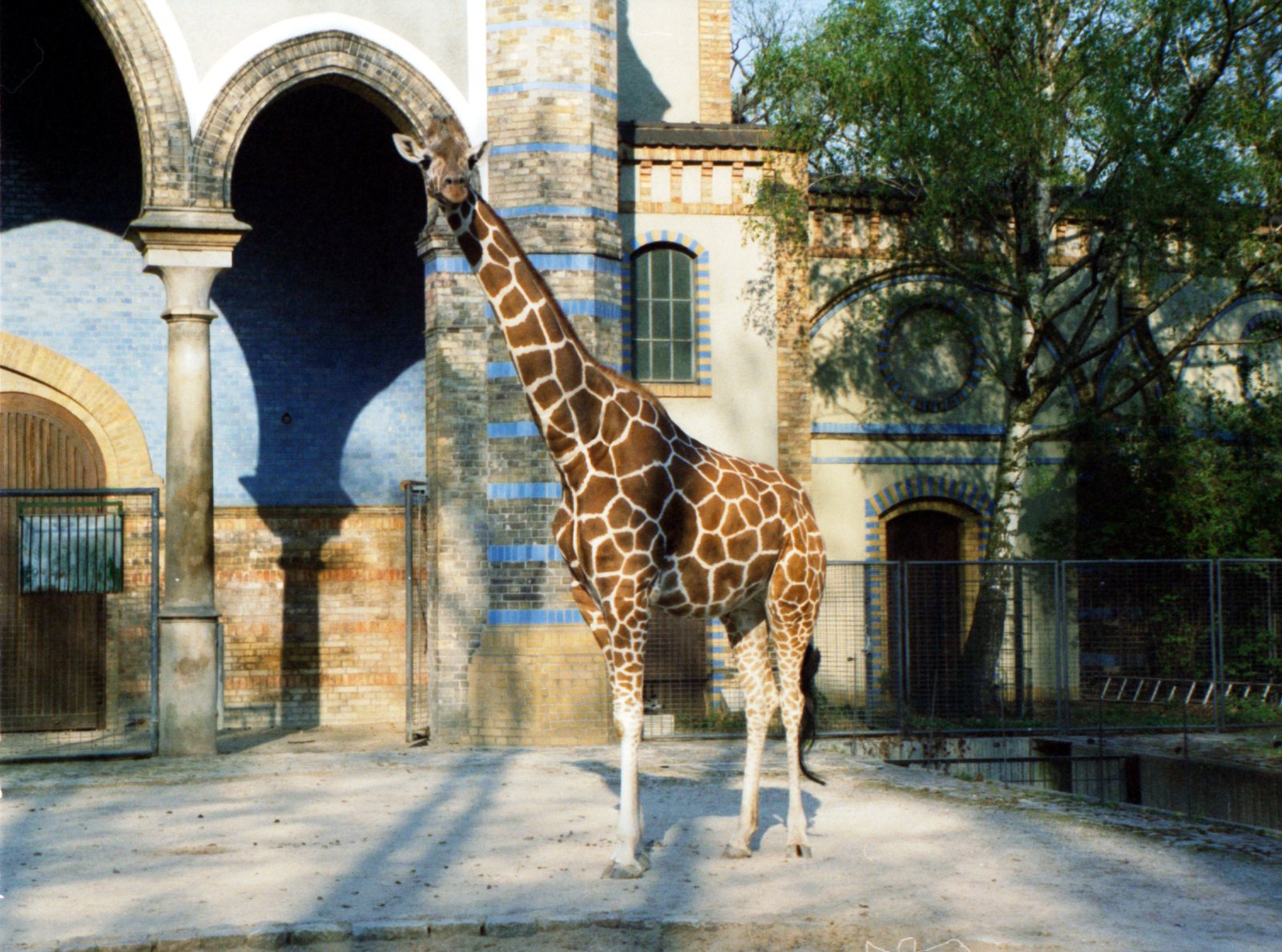
Berlin Zoological Garden, often simply called Berlin Zoo, holds the title for the most species-rich zoo in the world, with over 1,300 species and more than 20,000 animals. Walking through its gates feels like stepping into a living encyclopedia—every enclosure holds a new surprise, from giant pandas to tiny poison dart frogs. The zoo’s historic charm blends with modern care, offering both classic elegance and cutting-edge science. Berlin Zoo is particularly known for its impressive collection of birds and aquatic creatures. For animal lovers and scientists alike, this zoo is a treasure trove of biodiversity and a beacon of international conservation efforts.
Bronx Zoo (United States)
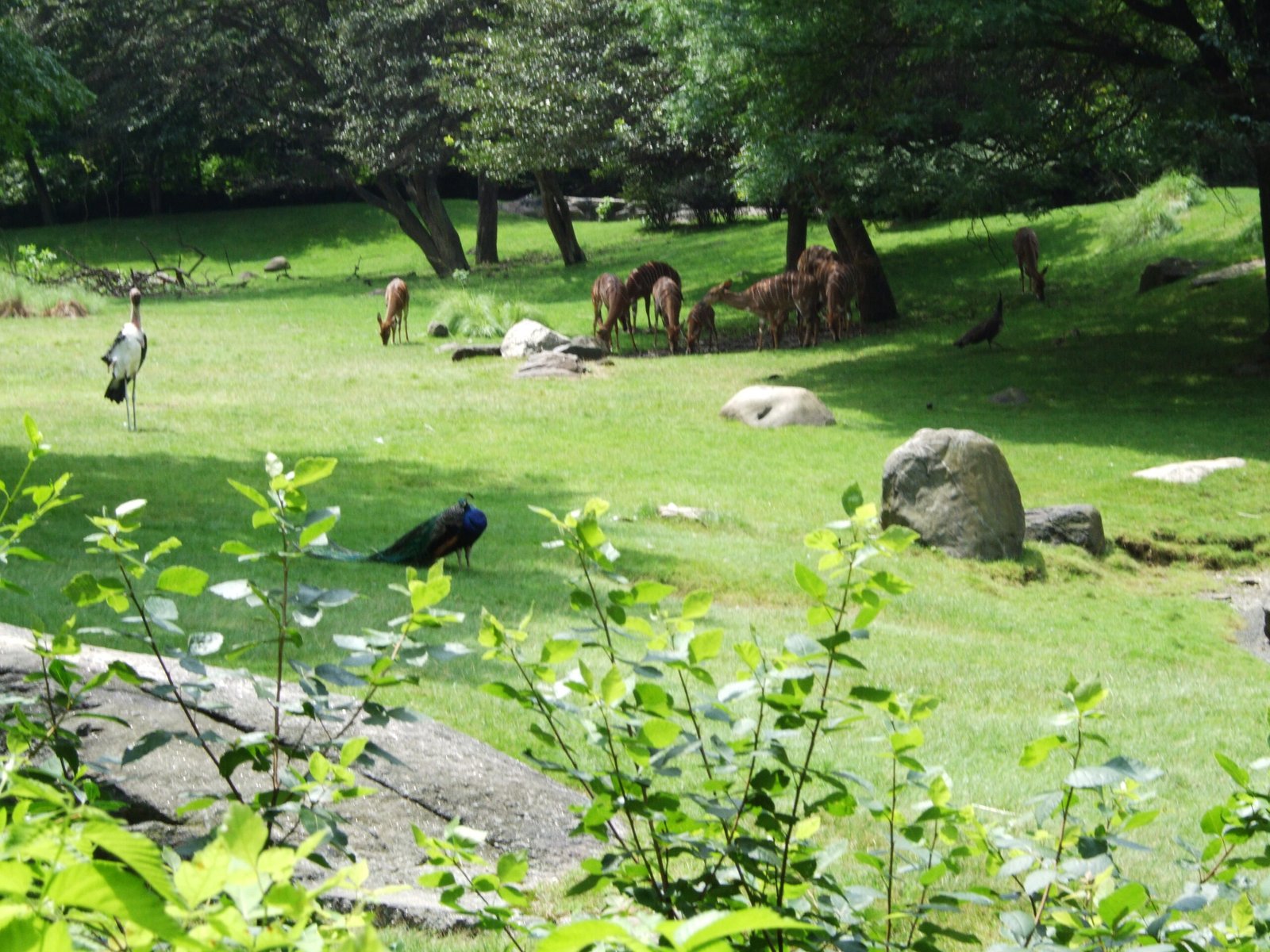
New York’s Bronx Zoo is famous for its vastness, housing nearly 700 species across 265 acres of beautifully designed habitats. It’s hard not to be amazed by the diversity here: snow leopards, gorillas, butterflies, reptiles—each has a carefully crafted space. The Bronx Zoo leads groundbreaking conservation programs, working to save species like the American bison and the Madagascar hissing cockroach. Educational programs are woven into every exhibit, making learning about animal behavior and ecosystems both easy and exciting. The zoo’s sheer size allows for dramatic, lifelike enclosures, so visitors feel as if they’re stepping into the animals’ world.
London Zoo (United Kingdom)
London Zoo, founded in 1828, is steeped in history and innovation. With over 700 species on display, it’s a place where the past and future of zoology meet. The zoo is famous for its Victorian architecture, including the world’s first reptile house and aquarium. Today, it’s a center for cutting-edge animal research, from studying amphibian diseases to helping reintroduce species into the wild. The Rainforest Life exhibit immerses visitors in steamy, vibrant habitats filled with monkeys, sloths, and tropical birds. London Zoo is a testament to the city’s deep love for nature and science, inspiring millions each year.
Singapore Zoo (Singapore)
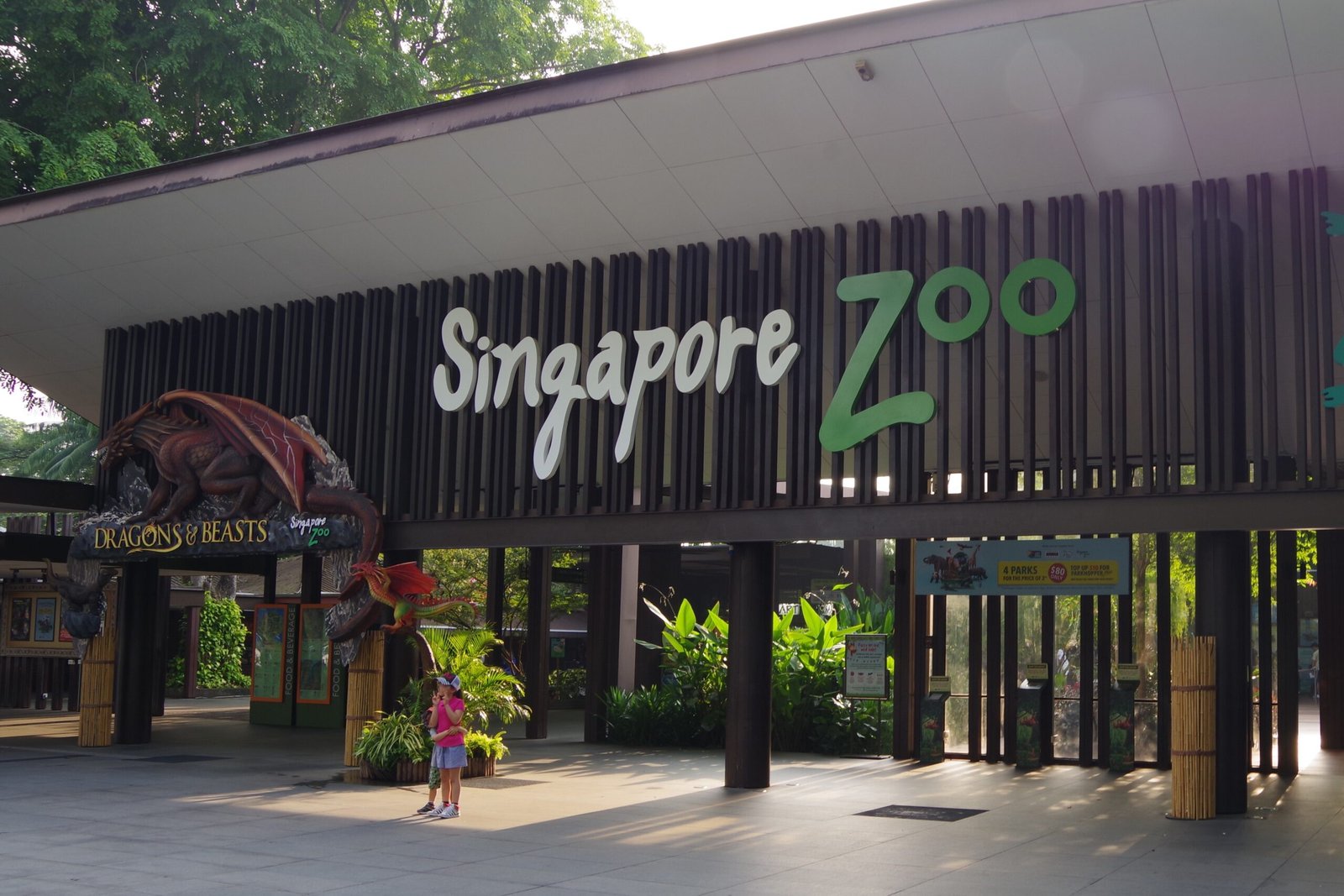
Walking through Singapore Zoo is like diving into a living, breathing rainforest. Home to over 300 species—many of them rare or endangered—this zoo shines with its open-concept exhibits and lush landscaping. White tigers, proboscis monkeys, and Malayan sun bears roam in spacious habitats that blur the line between wild and captive. The zoo’s Night Safari is legendary, offering a glimpse into the mysterious world of nocturnal animals. Conservation is woven into every aspect, with breeding programs for fragile species like the orangutan. Singapore Zoo’s commitment to education and immersive experiences makes it a favorite among families and animal enthusiasts alike.
Toronto Zoo (Canada)
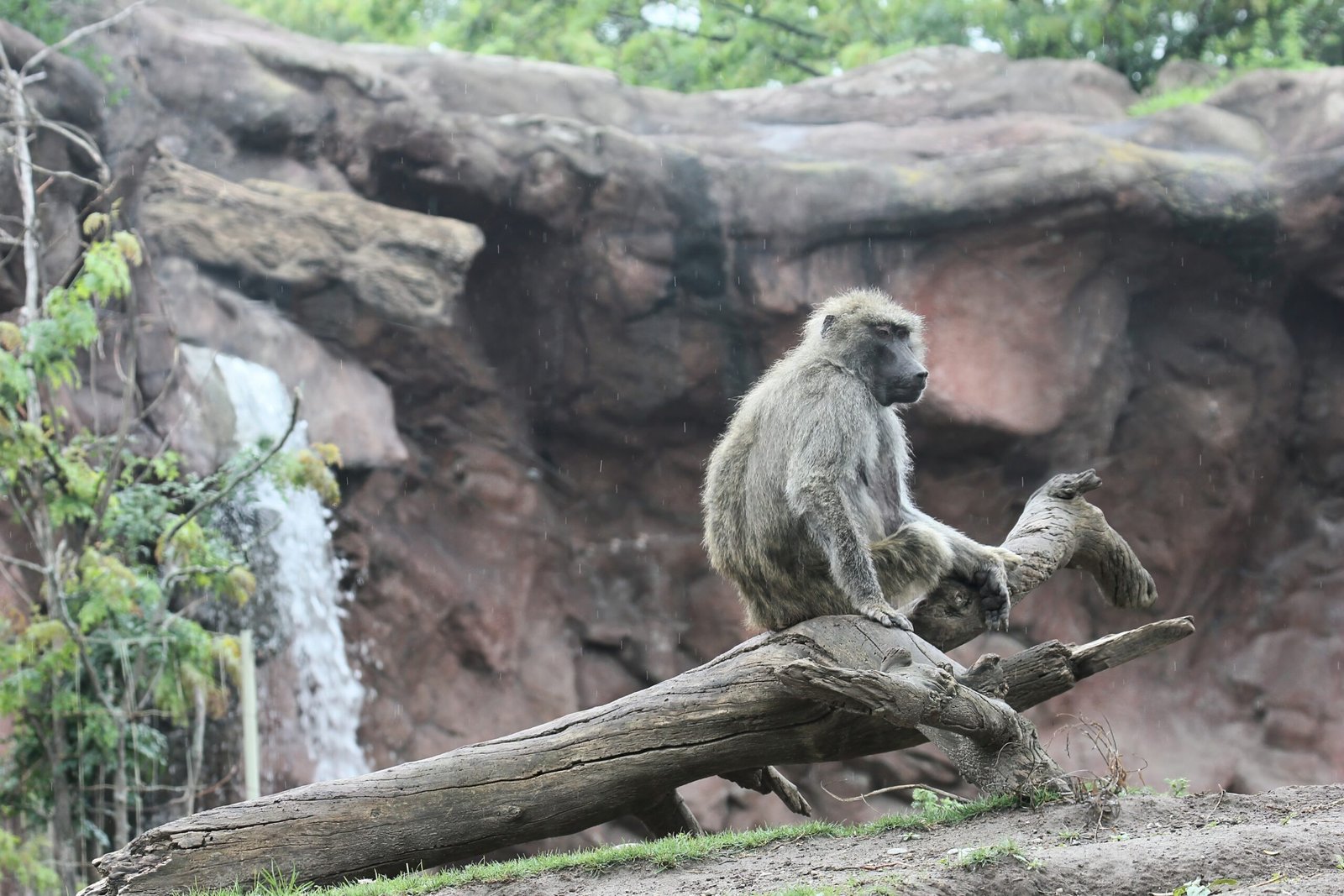
The Toronto Zoo boasts more than 500 species, making it the most diverse in Canada. Spread across 710 acres, it’s divided into zoogeographic regions that let visitors “travel” from Africa’s savannas to the Australian Outback. The Great Barrier Reef exhibit is a particular highlight, with vibrant marine life swirling in giant tanks. The zoo is a leader in scientific research, especially for cold-weather species such as polar bears and Arctic wolves. Conservation efforts here go beyond the gates, partnering with global organizations to protect wild populations. For Canadians and tourists alike, the Toronto Zoo is a gateway to the wonders of the animal kingdom.
Moscow Zoo (Russia)
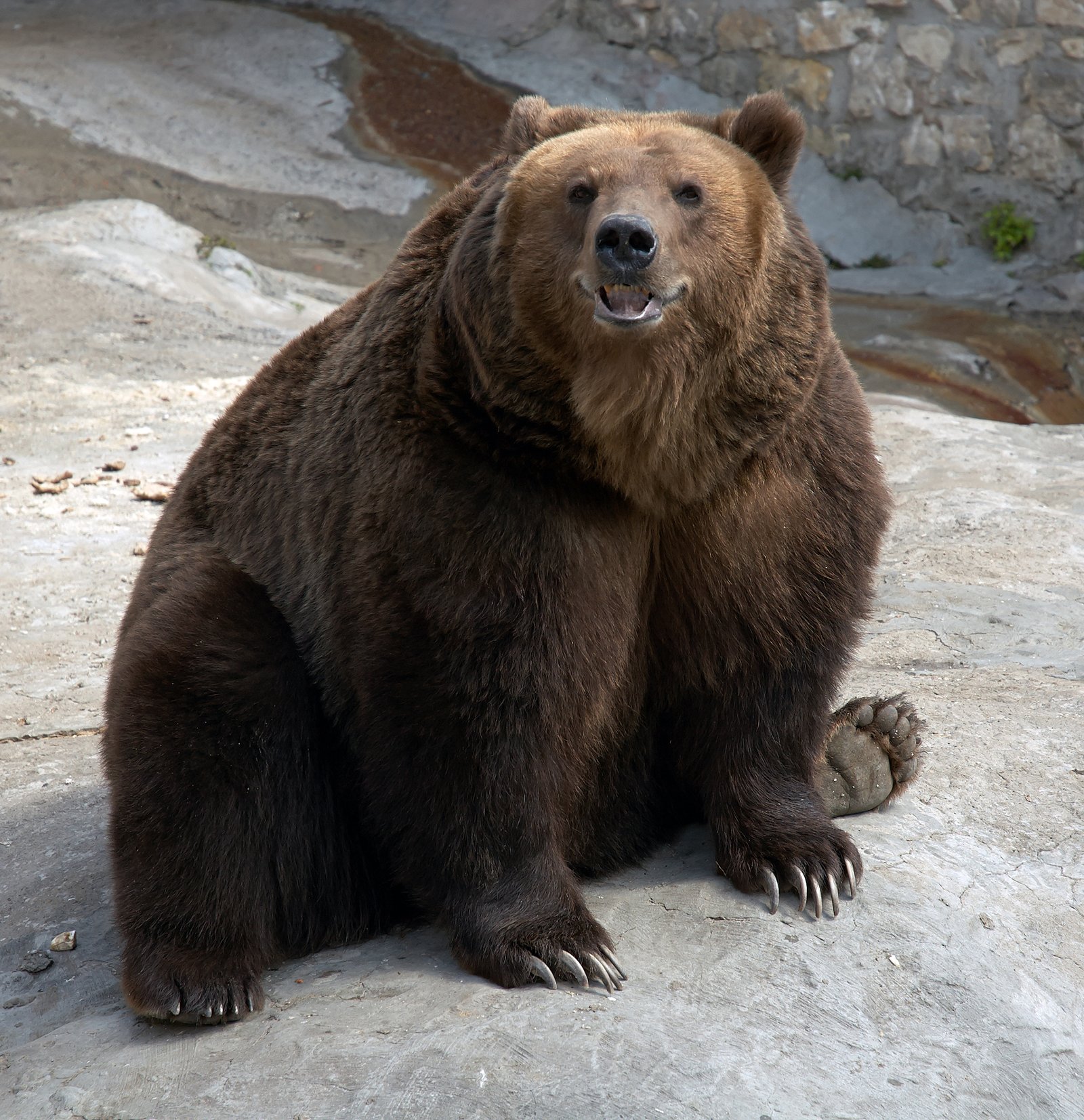
One of the oldest zoos in Europe, the Moscow Zoo houses over 1,200 species and more than 8,000 animals. Its collection is nothing short of exotic—Amur leopards, snow leopards, and rare birds like the Dalmatian pelican draw crowds year-round. The zoo’s architecture, with fairy-tale bridges and whimsical towers, adds a touch of magic to every visit. Scientific research and education are central missions here, with programs that help conserve Russia’s unique wildlife. Despite the city’s cold winters, the zoo provides innovative habitats ensuring the comfort and health of its diverse residents.
Chester Zoo (United Kingdom)
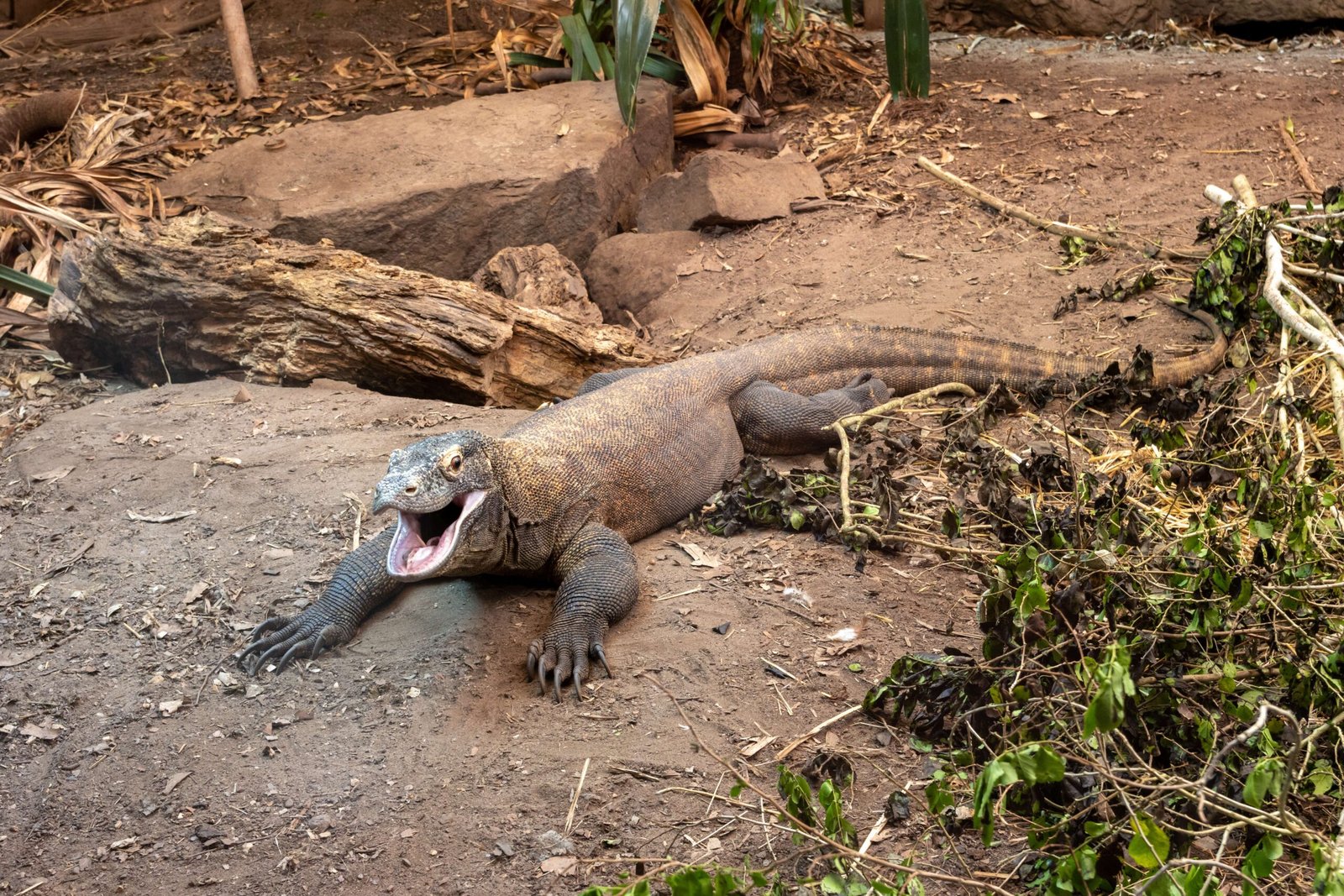
Chester Zoo is a powerhouse of conservation and education, hosting over 500 species and more than 20,000 animals. The zoo’s Islands exhibit transports visitors to Southeast Asia, complete with free-flight aviaries and lush waterways. Chester Zoo is a leader in protecting endangered species, from Asian elephants to black rhinos. Interactive exhibits and behind-the-scenes tours let guests get close to the action, making every trip memorable. The zoo’s commitment to sustainability extends to green energy and recycling, setting an example for zoos worldwide. Every corner of Chester Zoo bursts with life and learning opportunities.
Beijing Zoo (China)
Beijing Zoo is renowned for housing over 950 species and nearly 14,500 animals, making it one of Asia’s largest animal collections. Its most famous residents are the giant pandas, symbols of China’s conservation efforts. The zoo’s vast grounds include impressive lakes, gardens, and historical architecture, creating a tranquil setting for both animals and visitors. Educational displays explain the science of animal care, from nutrition to behavioral enrichment. The zoo is also involved in breeding programs for endangered native species, helping to secure their future in the wild. For many, seeing a panda up close here is a dream come true.
Henry Doorly Zoo and Aquarium (United States)
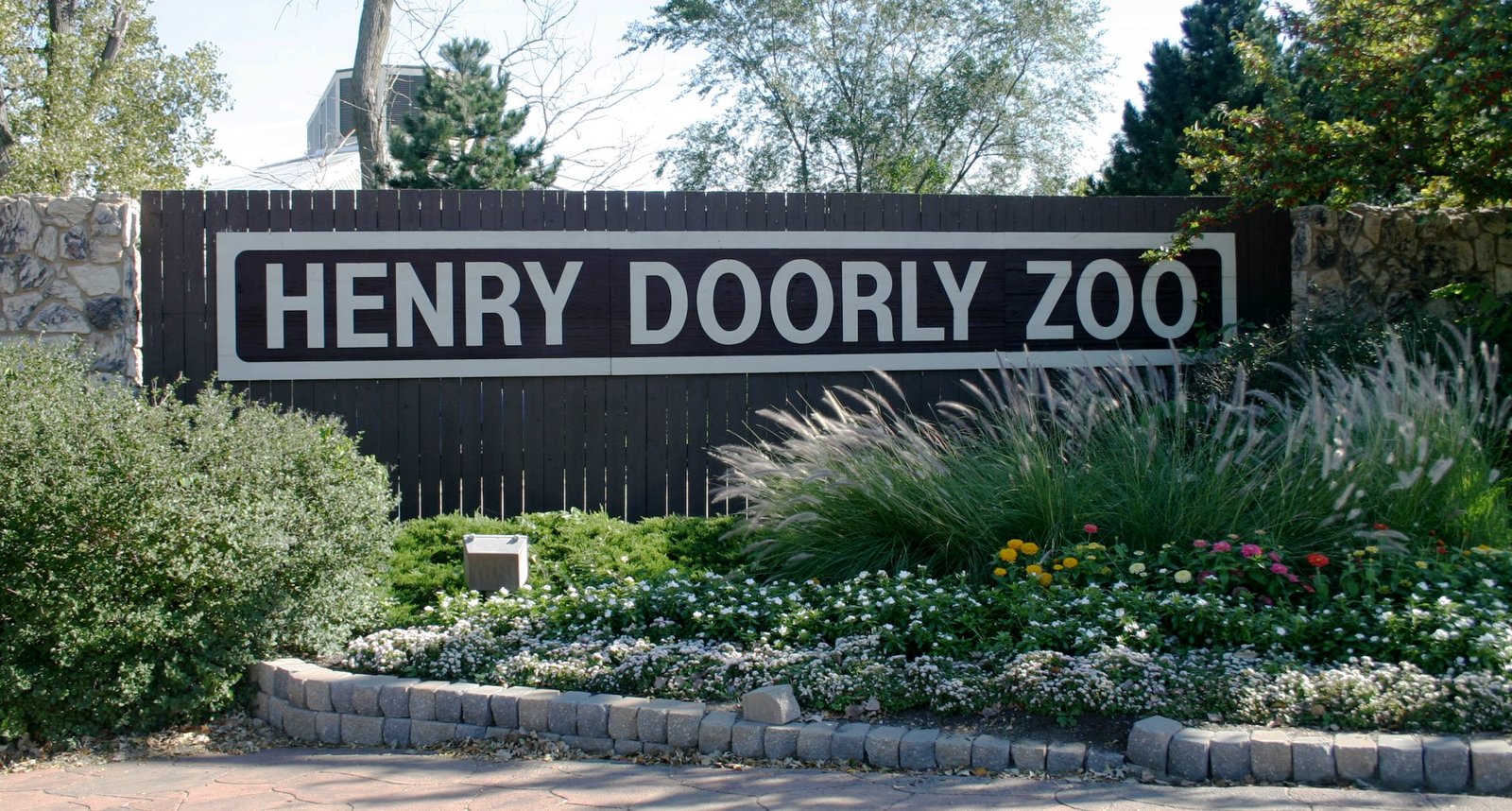
The Henry Doorly Zoo and Aquarium in Omaha, Nebraska, is a scientific marvel, with over 950 species and 17,000 individual animals. Its Desert Dome is the largest indoor desert in the world, while the Lied Jungle replicates a steamy rainforest, complete with swinging primates and screeching parrots. The aquarium features penguins, sharks, and vibrant coral reefs, providing a window into underwater worlds. Conservation and research are the zoo’s backbone, with projects ranging from amphibian recovery to elephant care. The immersive habitats make learning about the planet’s diversity genuinely unforgettable.
Summary

From the misty bamboo forests of China to the sun-dappled plains of Africa, these ten zoos offer breathtaking journeys into the heart of biodiversity. Each one is not just a collection of animals, but a living testament to our shared responsibility for the natural world. They spark wonder and curiosity, nurture scientific discovery, and remind us that the fate of thousands of species rests in human hands. Whether you’re a traveler, a scientist, or simply someone who loves animals, these zoos promise experiences that inspire, educate, and connect us all to the wild.


